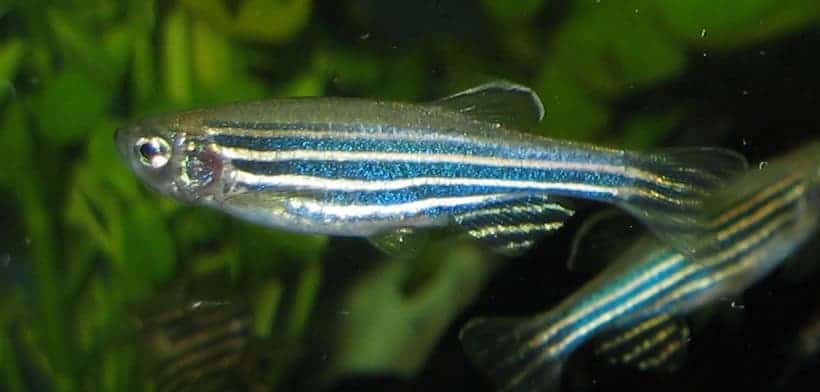Sleep is ubiquitous across the entire animal kingdom. However, there’s a lot of variation in how they sleep from species to species. What’s more, despite researchers’ best efforts, there is still so much we do not yet understand about sleep. Even basic questions such as ‘what is it good for?’ have no single, definite answer.
But that doesn’t mean there isn’t good progress.
A new study is helping scientists unravel some of the mysteries of slumber after. Surprisingly, the study describes how sleep patterns in the brains of zebrafish are strikingly similar to those of sleeping humans.
Researchers at Stanford University used advanced imaging techniques to show how zebrafish cycle between sleep states, from rapid eye movement (or REM) sleep to non-REM sleep. This pattern is not only seen in humans, but also in most mammals, birds, and lizards. This was the first time that it has been spotted in fish, suggesting that REM-like sleep evolved at least 450 million years ago, based on scientists’ understanding of the evolutionary relationship between fish and mammals.
Scientists were aware that fish can sleep based on their behavior, but the new study had to show this was true by looking at certain physiological markers. The best place to look for evidence of sleep is in the brain, specifically for calcium levels in neurons. When these levels spike, it means that the brain is active, i.e. not sleeping.
In order to spot these patterns, the researchers genetically engineered zebrafish so they produce a protein that would flash fluorescent green when it interacts with calcium from the neurons. The authors focused on zebrafish that were only two weeks old — a period when the fish are still transparent.
During the experiments, the fish were immobilized in a gelatin-like substance and observed under a special microscope that allowed the researchers to measure brain activity, heart rate, muscle activity, and eye movement. Eventually, the researchers uncovered a pattern of active and nonactive neurons that revealed cycling between REM and non-REM sleep cycles.
To make sure they were interpreting things properly, scientists also prevented some zebrafish from sleeping. These sleep-deprived fish exhibited the same neural patterns, only more often.
This work could have important implications. Mammals and fish share more than just a backbone — they also share a rich evolutionary history. In many animals, the duration and intensity of sleep can be influenced by temperature. For instance, humans are known to sleep longer in cooler temperatures.
Some have proposed that sleep appeared in order to thermoregulate the body. But since zebrafish share very similar sleep patterns with humans, this means that sleep must have existed well before thermoregulation.
The study, which was published in the journal Nature, might also lead to the development of new drugs aimed at fighting sleep deprivation — a growing problem in many parts of the world.










